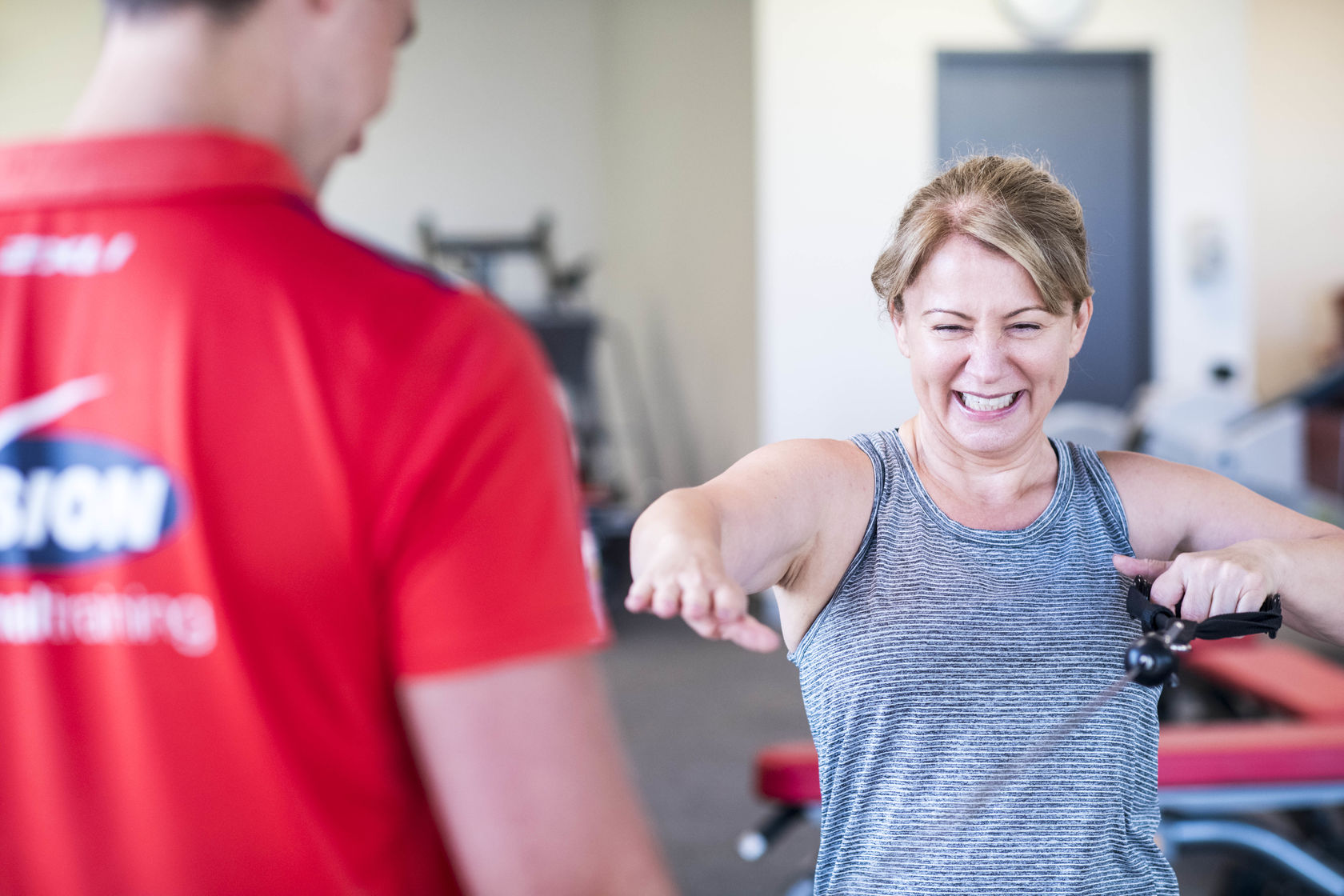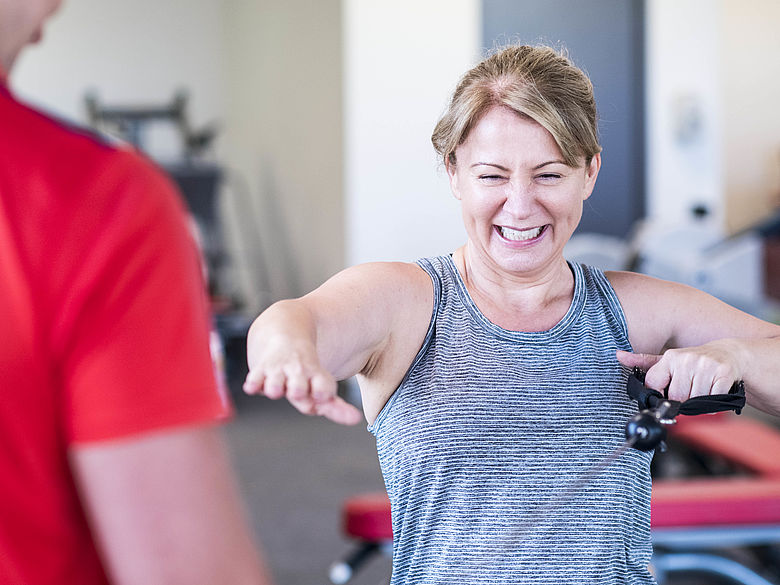The core can be described as a cylinder of muscles with the abdominals in the front, paraspinals and gluteals in the back, the diaphragm as the top or "roof", and the pelvic floor as the bottom. These muscles activate together to create core stability of the spine. Inefficient activation and coordination of the core musculature can lead to the decreased efficiency of movement patterns and stability of the spine causing strain, injury and lower back pain.
It is a common perception in the fitness world that we must look at training the core as a prime mover and in isolation rather than treating it as a stabilizer. Crunches and back extensions hit the more superficial muscles of the Rectus Abdominus (or 6 pack muscles) and the muscles of the lower back causing hyper flexion and hyperextension of our spine. This is the OPPOSITE of how these muscles work in our body at a functional capacity. They are designed to SUPPORT and STABILIZE our spine through functional activities. When do you actually perform a movement in reality that mimics a crunch? Almost NEVER.
Training core should be focused firstly on the activation of the Transverse Abdominus (TA). This muscle is the deepest of all core muscles and acts like a belt around the spine giving support and stabilization. The proper activation of the TA in conjunction with the paraspinals will prevent lower back pain. Studies have shown that people with poor TA and paraspinal activation are at heightened risk of lower back pain. Even bracing your core for compound exercises like deadlifts and squats are an ideal way to train these muscles to work.
It's more than likely that you have experienced lower back pain when being seated for too long. This is what is known as "gluteal amnesia". Essentially what happens is our gluteals get lazy and switch off and stop supporting our lower back, meaning less stabilization leading to lower back pain. It's all about keeping those gluteals active and strong though compound training.
Remember, that 6 pack you've always wanted isn't from training your core…. it's from what you eat!
So next time you think about training your core:
- Try to switch up the crunches for a supine floor hold
- Stay away from the sit-ups and go for compound movements like deadlifts and squats
- Train more functionally and prevent lower back pain before it begins!
*Disclaimer: Individual results vary based on agreed goals. Click here for details.

